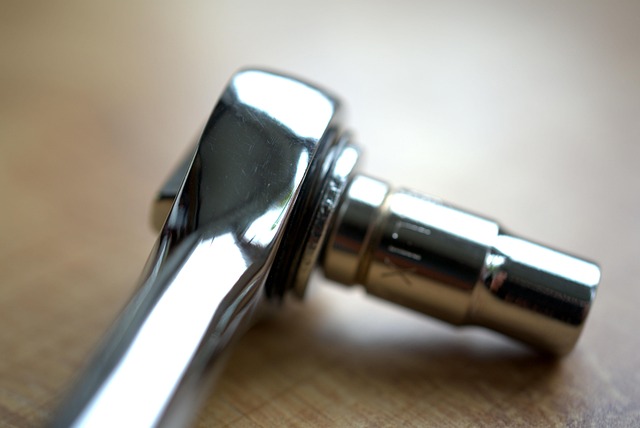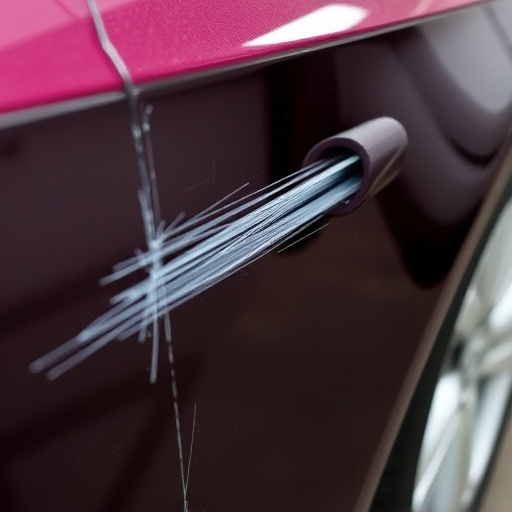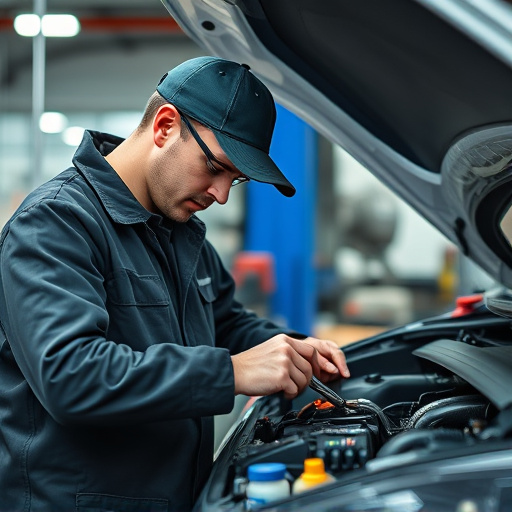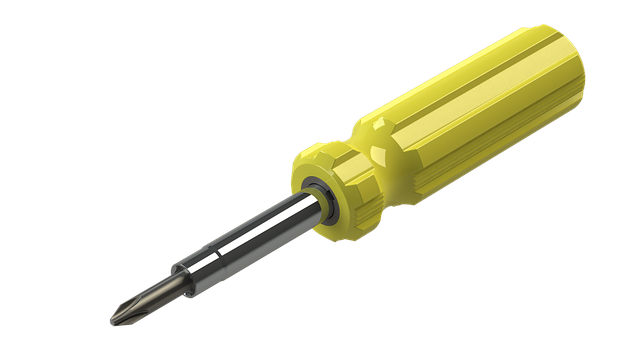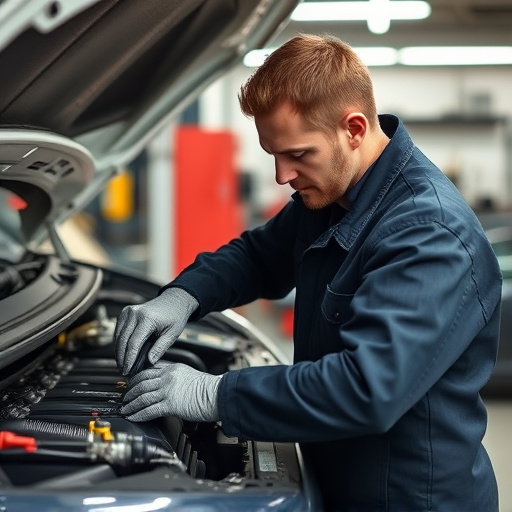Frame machine repair prioritizes safety with essential protective gear like gloves, glasses, and earplugs, plus specialized equipment for specific tasks. Well-lit, organized workshops with clear demarcations, regular equipment inspections, first aid kits, training, maintenance, ventilation, and decontamination procedures ensure a secure environment aligning with high precision standards in industries like Mercedes Benz collision repair.
Frame machine repair is a critical task that requires meticulous attention to safety. This article delves into the essential safety standards you must follow for comprehensive protection during repairs. We explore vital gear, best practices for creating a secure workspace, and common hazards, offering practical advice to mitigate risks effectively. By adhering to these guidelines, professionals and enthusiasts alike can ensure safe frame machine repair, fostering a culture of precision and responsibility.
- Understanding Essential Safety Gear for Frame Machine Repair
- Creating a Safe Workspace: Precautions and Best Practices
- Common Hazards: How to Mitigate Risks During Repairs
Understanding Essential Safety Gear for Frame Machine Repair
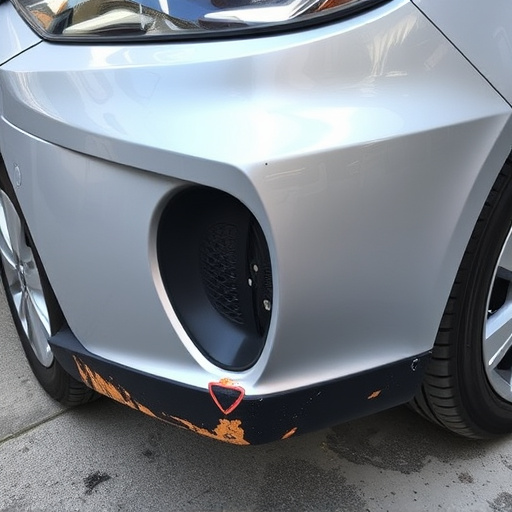
When it comes to frame machine repair, safety gear is non-negotiable. Proper protection is essential when working with heavy machinery and intricate car frames. Basic safety equipment includes sturdy work gloves to protect hands from sharp edges and debris, safety glasses to shield eyes from flying particles, and earplugs or a noise-canceling headset to mitigate the high-decibel environment.
Beyond the basics, specific gear tailored for frame machine repair is crucial. This might include face shields or respirators to prevent inhalation of dust and fumes, especially during metal grinding or welding operations. Proper footwear with steel toes and slip-resistant soles is also vital to guard against heavy objects and potential slips in a car repair shop environment, whether handling a car collision repair or performing routine frame adjustments. Remember, safety is paramount in any car damage repair scenario, ensuring both the integrity of the vehicle and the well-being of the technicians involved.
Creating a Safe Workspace: Precautions and Best Practices
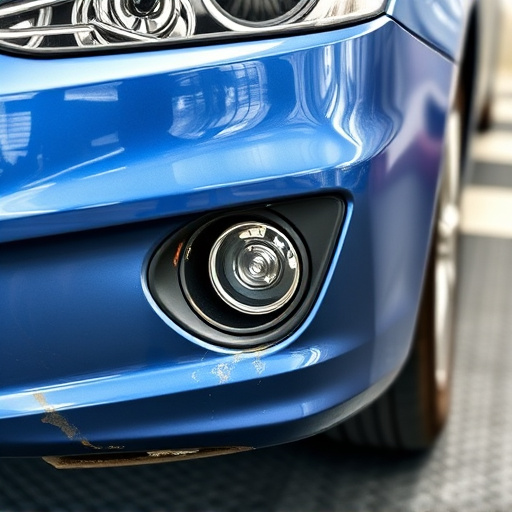
When engaging in frame machine repair, creating a safe workspace is paramount to prevent accidents and injuries. Before beginning any work, ensure your area is well-lit, organized, and free from clutter. All tools and equipment should be in easy reach, properly stored, and maintained to minimize tripping hazards. Implement clear demarcations for the work zone using cones or signs, especially if working near heavy machinery or sharp edges.
Adhering to best practices further enhances safety. Wear appropriate personal protective equipment (PPE), including gloves, eye protection, and earplugs, depending on the task at hand. Regularly inspect and maintain your workspace, ensuring all machines are in good working order. Maintain proper ventilation, especially when dealing with chemicals or dust from metalwork. Additionally, keep a well-stocked first aid kit readily available to address minor injuries promptly. These precautions and best practices form the foundation for a safe environment during frame machine repair, complementing adherence to industry standards and regulations.
Common Hazards: How to Mitigate Risks During Repairs
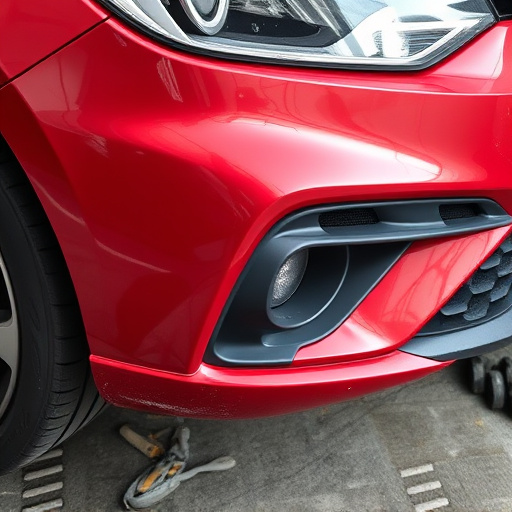
When engaging in frame machine repair, several common hazards can arise that pose significant risks to technicians and workshops. One of the primary concerns is the potential for injuries related to heavy machinery and equipment used in alignment and structural repairs. To mitigate these risks, it’s essential to ensure proper training for all staff involved, with a focus on safety protocols and emergency procedures. Regular maintenance checks on machines are crucial to identify any faulty components before they cause accidents.
Additionally, the process of frame machine repair often involves handling hazardous materials, such as chemicals used in paint and bodywork. Proper ventilation and personal protective equipment (PPE) are non-negotiable for safeguarding technicians from inhalation or skin contact of these substances. Regular cleaning and decontamination procedures should be implemented to prevent cross-contamination and ensure a safe working environment, especially in a vehicle body shop or Mercedes Benz collision repair center where precision and safety standards are paramount.
When it comes to frame machine repair, adhering to safety standards is paramount. By equipping yourself with the right safety gear, creating a secure workspace, and recognizing common hazards, you can mitigate risks effectively. Remember, proper precautions not only protect you but also ensure the longevity of your equipment, making frame machine repair a safer and more successful endeavor.
